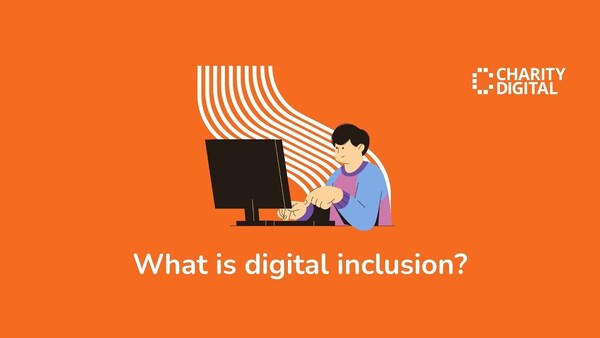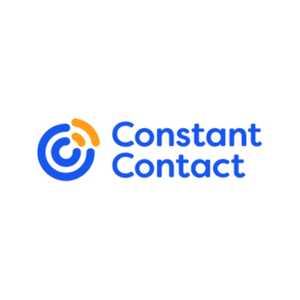Insights
INSIGHTS
All Topics
How to boost your brand power
24 May 2024by Christine Chiu
Learn some tips and tricks to digitally supercharge your charity’s brand
What makes a stand-out online brand? Audiences tend to know what a great one is, but struggle to discern what those qualities are. In this article, we explore how you can create and supercharge your digital brand, which can expand your reach and boost your funds.
Why does branding matter?
Digital presence is the platform from which charities launch their communications. Branding is the ‘personality’ that comes across to your audiences. In simple terms, the look, feel, and smoothness of those early interactions with users are defining elements.
Forbes, citing Salesforce, highlight the huge importance of branding: “85% of consumers conduct research before they make a purchase online, and among the most used channels for research are websites (74%) and social media (38%).”
Audiences tend to get to know a brand, a charity, a cause, thoroughly before donating or volunteering. Here are some top tips to improve your branding.
Focus on content marketing
Content marketing is a strategy that brands use to assert dominance. Charities and non-profits also use content marketing to increase visibility, establish authority, boost loyalty, and incentivise donations.
Forms of content marketing includes, blogs, news, white papers, posts, emails, and videos. To really boost your brand power, Culture Hive outlines the five stages of a successful strategy:
- Planning and research: Make sure you know who your audiences are
- Create content: Quality rules over quantity. The content should not only be about the charity but also wider issues
- Schedule and publish: Use a social media content management system to plan around calendar events
- Distribute and promote: Let audiences know what you’re doing
- Analyse and optimise: Take stock of how your posts and content are performing so you can learn from less popular media
By cycling through these phases, charities can harness their true brand strengths. Don’t forget to review SEO parameters so that your media makes it to the top of Google searches.
Use up to date social media tools
Social media is not just about Instagram and Facebook. To deepen reach, charities should consider alternative platforms.
Telegram is an emergent private messaging app, giving audiences an alternative to WhatsApp. The cloud-based platform encrypts messages and media allowing for privacy. For charities, a use case could be for privately sharing information with donors or beneficiaries.
Another one to watch is Lemon8. Owned by TikTok’s parent company ByteDance, Lemon8 is like TikTok in that users share video and image snippets in themes. Wikipedia describes the app as a blend of both Instagram and Pinterest.
On new social media platforms, it’s important not to let go of the digital strategy. Have a plan around how to engage on each platform based on the audience segmentation process.
Analyse the algorithms
Creating presence means breaking away from the crowd. To make that happen, analyse how LinkedIn, Instagram, and Facebook prioritise media.
Two things stand out for LinkedIn. First, as Hootsuite’s blog mentions, the platform does not actually want posts to go viral. Instead, the algorithm’s purpose is to “prioritise relevant, high quality content and promote engagement”. LinkedIn tends to promote posts that create a lot of engagement based on quality content. Second, the content on feeds reflects how closely connected you are to those posting.
On Instagram, the algorithm works in different ways across stories, posts, and reels. In general, it’s safe to say that this platform looks at engagement, original content, and how a user has behaved in the past.
Facebook’s algorithm works by scoring media before ordering on a feed. Hootsuite mentions four major components to the ranking. The score is based on who is posting it, the type of content, engagement, and user interest levels.
Give your page a digital facelift
Regularly reviewing the website ensures that charities are aligned with outreach techniques.
Webpage designs and specifications are key to unlocking the brand’s power. The page should be streamlined by colour, font, graphics, and voice. Colouring packs a punch for visuals. The colour scheme should be simple. Use a few key ones and keep repeating them across all digital assets. The fonts need to be large and legible to ensure maximum accessibility. The voice and tone of content should also be consistent – use personalisation to speak to your audiences.
For webpage tech, mobile phone compatibility and speed are vital. Optimising content for mobile means the site should fit on a screen and graphics should shrink appropriately. Minimise pop-ups! For more detailed tips, check out our piece on mobile friendly hacks.
When collecting information, less is more. Balance what is asked against how audiences enter the data. Aligning with automatic inputs is a big advantage. Most mobile phones have options to autofill, so ensure that each website box accepts that style of information.
Christine Chiu
More on this topic
Recommended Products
Recommended Products
Related Videos
Our Events
Charity Digital Academy
Our courses aim, in just three hours, to enhance soft skills and hard skills, boost your knowledge of finance and artificial intelligence, and supercharge your digital capabilities. Check out some of the incredible options by clicking here.



















